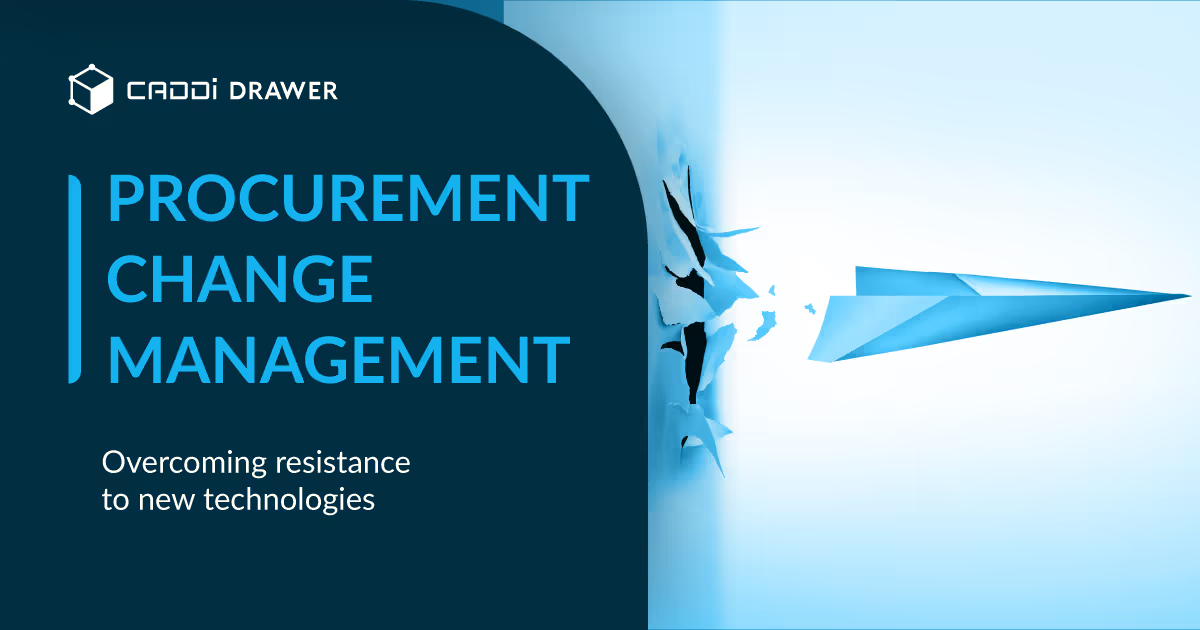Procurement 101: The Essential Guide to Supplier Segmentation

Table of Contents

In the fast-paced world of manufacturing, procurement directors are constantly seeking ways to streamline operations, reduce costs, and foster innovation. One strategic approach that has gained prominence for its ability to meet these objectives is supplier segmentation. But what is supplier segmentation, and how can it revolutionize your procurement processes? This article delves into the heart of supplier segmentation, offering insights, strategies, and actionable advice to help you leverage this practice for maximum benefit.
Understanding Supplier Segmentation
Supplier segmentation is the process of categorizing suppliers based on various criteria such as spend volume, strategic importance, risk, and performance. This method enables procurement teams to prioritize their focus, allocate resources more effectively, and develop tailored strategies for managing different types of suppliers. The benefits are manifold, including enhanced efficiency, improved supplier relationships, and a stronger supply chain resilience.
The Criteria for Supplier Segmentation
The foundation of effective supplier segmentation lies in identifying the right criteria. These typically include:
Spend Analysis:
Understanding where your procurement dollars are going is crucial. Suppliers can be segmented by the total spend, revealing which relationships are most financially significant.
.avif)
80/20 rule
It is important to classify procurement parts into A/B categories based on the 80-20 rule. Category A will include strategic parts, which account for 20% of the number of parts and 80% of the cost. Category B will refer to non-core parts, which account for 20% of the cost but 80% of the number of parts.
.avif)
Risk Assessment:
Evaluating suppliers based on risk factors such as geopolitical location, financial stability, and compliance with regulations helps in mitigating potential supply chain disruptions. Use tools like Supplier Risk Assessment Checklist to conduct a comprehensive risk assessment.
Performance Evaluation:
Assessing suppliers’ quality, delivery timeliness, and responsiveness enables procurement directors to recognize and foster high-performing partnerships. Aligning these criteria with your company’s strategic goals ensures that your segmentation strategy supports overall business objectives. Here are some examples of analysis to evaluate supplier performance.
.avif)
Segmentation by Cost-based Competitiveness
.avif)
Segmentation by On-time Delivery, Yield Rate and Transaction Amount
Implementing Supplier Segmentation
Implementing supplier segmentation involves several key steps: Data collection, Segmentation, and Strategy development.
.avif)
1. Data Collection
Integrate and analyze data such as quotation history, supplier, design change history, etc., as well as order data stored in ERP etc.
.avif)
2. Segmentation
Analyze the data to categorize suppliers into segments such as strategic, bottleneck, leverage, and non-critical.
.avif)
3. Strategy Development
Create tailored strategies for managing each segment, focusing on maximizing value, minimizing risk, and fostering innovation.
.avif)
This structured approach enables procurement directors to manage supplier relationships more effectively, ensuring that efforts and resources are focused where they can deliver the greatest impact.
Leveraging Technology in Supplier Segmentation
In today’s digital age, technology plays a pivotal role in enabling efficient and effective supplier segmentation. Platforms like CADDi Drawer offer powerful tools for data analysis, supplier evaluation, and strategic planning. By leveraging technology, procurement teams can gain deeper insights, automate processes, and make more informed decisions, thus elevating their supplier segmentation efforts to new heights.
Future Trends in Supplier Segmentation
As the procurement landscape evolves, so too does the practice of supplier segmentation. Emerging trends include a greater emphasis on sustainability and diversity, reflecting broader societal and environmental concerns. Procurement directors are increasingly recognizing the value of integrating these considerations into their supplier segmentation criteria, not only to drive ethical and sustainable practices but also to mitigate risks and uncover new opportunities for innovation.
In the fast-paced world of manufacturing, procurement directors are constantly seeking ways to streamline operations, reduce costs, and foster innovation. One strategic approach that has gained prominence for its ability to meet these objectives is supplier segmentation. But what is supplier segmentation, and how can it revolutionize your procurement processes? This article delves into the heart of supplier segmentation, offering insights, strategies, and actionable advice to help you leverage this practice for maximum benefit.
Understanding Supplier Segmentation
Supplier segmentation is the process of categorizing suppliers based on various criteria such as spend volume, strategic importance, risk, and performance. This method enables procurement teams to prioritize their focus, allocate resources more effectively, and develop tailored strategies for managing different types of suppliers. The benefits are manifold, including enhanced efficiency, improved supplier relationships, and a stronger supply chain resilience.
The Criteria for Supplier Segmentation
The foundation of effective supplier segmentation lies in identifying the right criteria. These typically include:
Spend Analysis:
Understanding where your procurement dollars are going is crucial. Suppliers can be segmented by the total spend, revealing which relationships are most financially significant.
.avif)
80/20 rule
It is important to classify procurement parts into A/B categories based on the 80-20 rule. Category A will include strategic parts, which account for 20% of the number of parts and 80% of the cost. Category B will refer to non-core parts, which account for 20% of the cost but 80% of the number of parts.
.avif)
Risk Assessment:
Evaluating suppliers based on risk factors such as geopolitical location, financial stability, and compliance with regulations helps in mitigating potential supply chain disruptions. Use tools like Supplier Risk Assessment Checklist to conduct a comprehensive risk assessment.
Performance Evaluation:
Assessing suppliers’ quality, delivery timeliness, and responsiveness enables procurement directors to recognize and foster high-performing partnerships. Aligning these criteria with your company’s strategic goals ensures that your segmentation strategy supports overall business objectives. Here are some examples of analysis to evaluate supplier performance.
.avif)
Segmentation by Cost-based Competitiveness
.avif)
Segmentation by On-time Delivery, Yield Rate and Transaction Amount
Implementing Supplier Segmentation
Implementing supplier segmentation involves several key steps: Data collection, Segmentation, and Strategy development.
.avif)
1. Data Collection
Integrate and analyze data such as quotation history, supplier, design change history, etc., as well as order data stored in ERP etc.
.avif)
2. Segmentation
Analyze the data to categorize suppliers into segments such as strategic, bottleneck, leverage, and non-critical.
.avif)
3. Strategy Development
Create tailored strategies for managing each segment, focusing on maximizing value, minimizing risk, and fostering innovation.
.avif)
This structured approach enables procurement directors to manage supplier relationships more effectively, ensuring that efforts and resources are focused where they can deliver the greatest impact.
Leveraging Technology in Supplier Segmentation
In today’s digital age, technology plays a pivotal role in enabling efficient and effective supplier segmentation. Platforms like CADDi Drawer offer powerful tools for data analysis, supplier evaluation, and strategic planning. By leveraging technology, procurement teams can gain deeper insights, automate processes, and make more informed decisions, thus elevating their supplier segmentation efforts to new heights.
Future Trends in Supplier Segmentation
As the procurement landscape evolves, so too does the practice of supplier segmentation. Emerging trends include a greater emphasis on sustainability and diversity, reflecting broader societal and environmental concerns. Procurement directors are increasingly recognizing the value of integrating these considerations into their supplier segmentation criteria, not only to drive ethical and sustainable practices but also to mitigate risks and uncover new opportunities for innovation.
Ready to see CADDi Drawer in action? Get a personalized demo.
Subscribe to our Blog!
Related Resources












.svg)



.svg)
.svg)
.svg)


